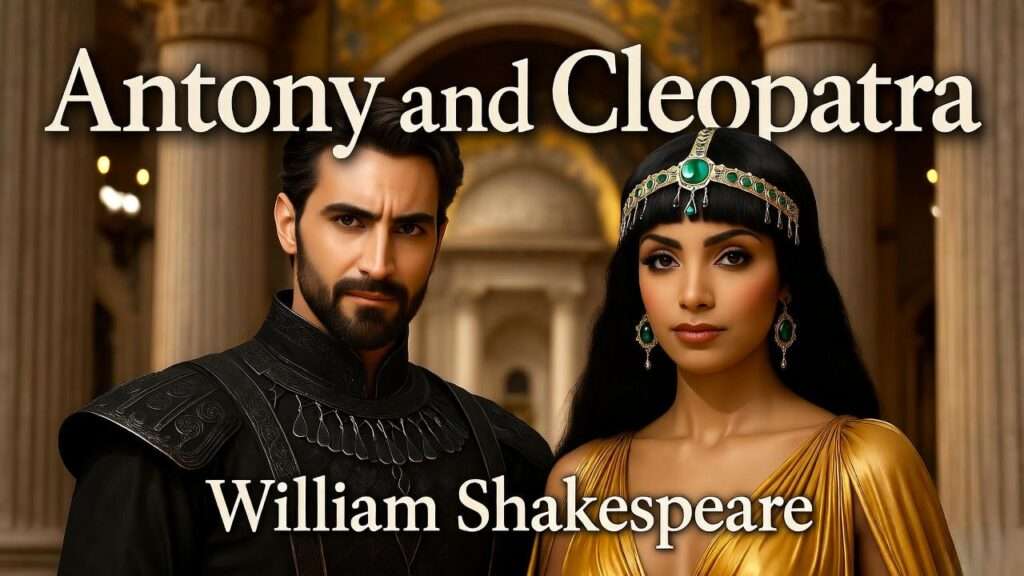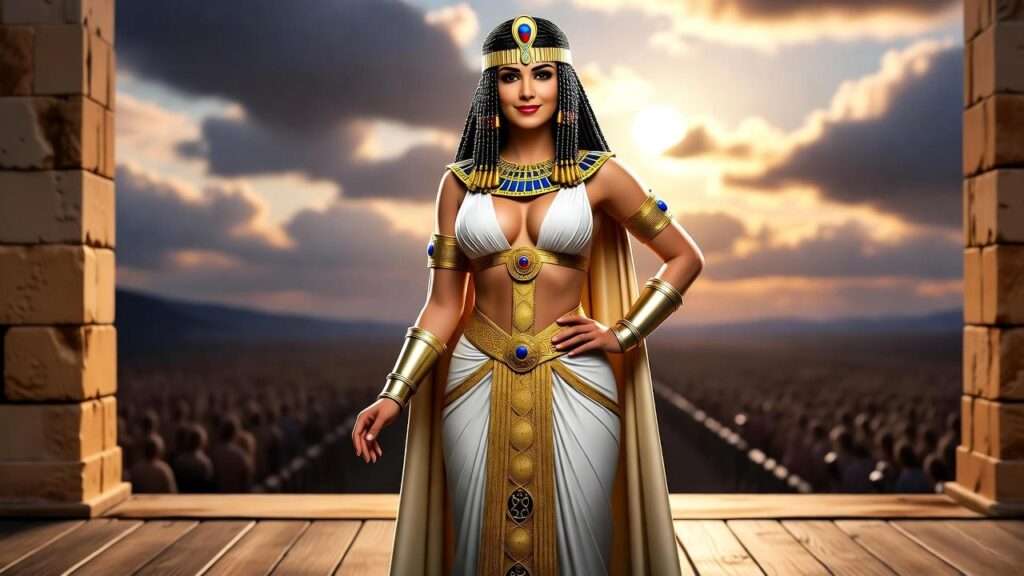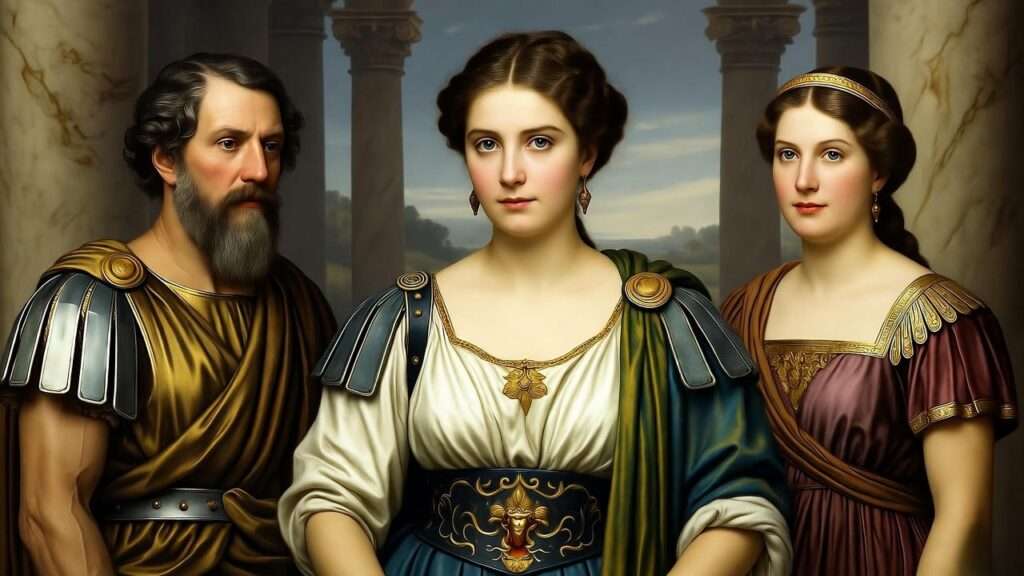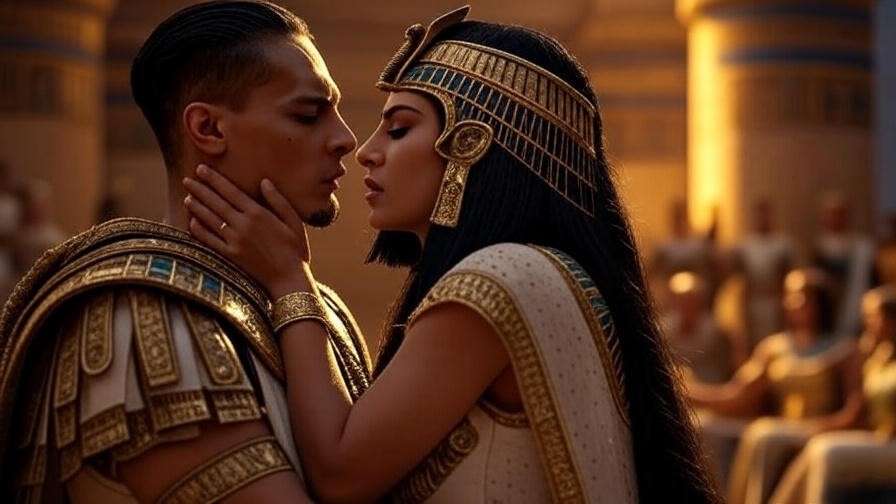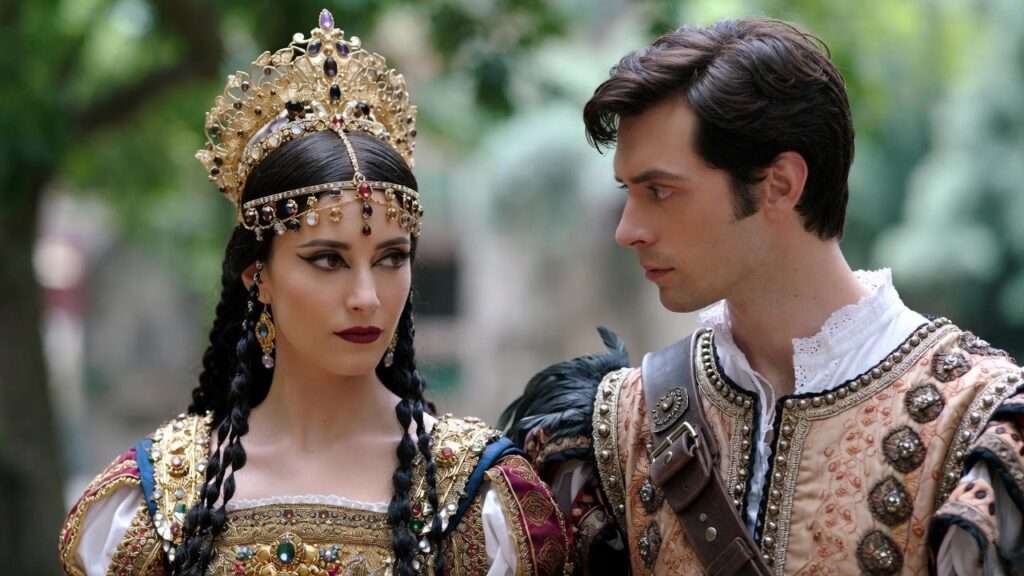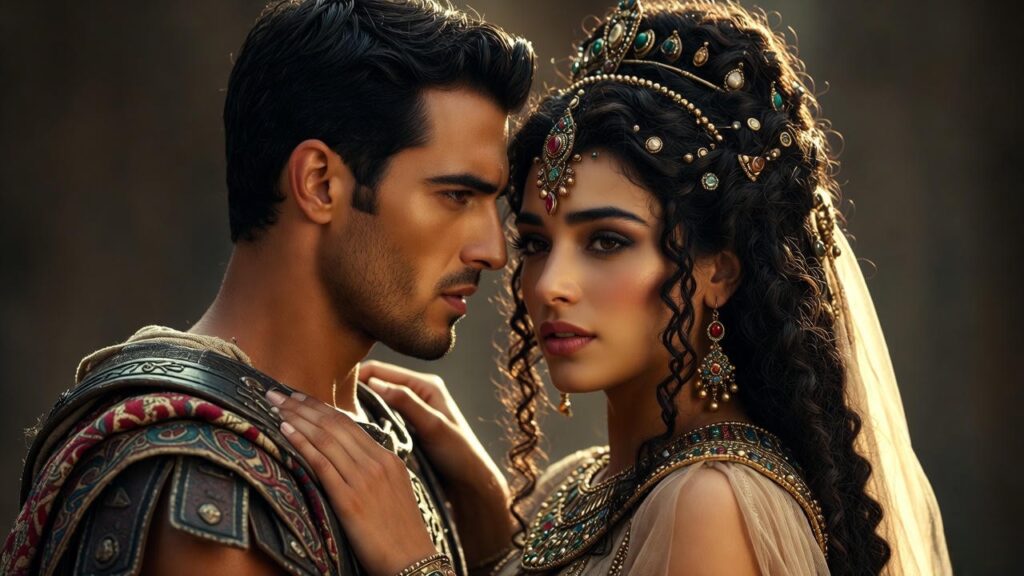Picture a world where empires clash, hearts burn, and destinies unravel under the weight of passion and politics. In William Shakespeare’s Antony and Cleopatra, this vivid tableau comes to life, weaving an Antony and Cleopatra summary that captures the intoxicating romance between Rome’s mighty general and Egypt’s enigmatic queen. Written around 1606–1607, this tragedy explores love, betrayal, and the cost of power with unmatched poetic grandeur. Whether you’re a student, a theater enthusiast, or a curious reader, this comprehensive guide offers a detailed summary, deep insights into themes and characters, and modern relevance to enrich your understanding of Shakespeare’s masterpiece. Drawing on extensive literary analysis and historical context, we’ll unravel why this play remains a timeless exploration of human desire and ambition.
Overview of Antony and Cleopatra
The Historical and Literary Context
Antony and Cleopatra draws heavily from historical events, specifically the power struggles of the Second Triumvirate in ancient Rome (43–31 BCE) and the pivotal Battle of Actium. Shakespeare adapted his narrative from Plutarch’s Parallel Lives, a biographical work chronicling the lives of Roman and Greek leaders. In the play, Mark Antony, one of Rome’s three ruling triumvirs, grapples with his duties alongside Julius Caesar’s heir, Octavius Caesar, and the lesser-known Lepidus. Meanwhile, Cleopatra, Egypt’s last pharaoh, wields her charm and political acumen to maintain her kingdom’s influence.
Written during Shakespeare’s mature period, alongside masterpieces like Macbeth and King Lear, the play reflects his fascination with human flaws and complex power dynamics. The Elizabethan audience, familiar with political intrigue and exotic foreign lands, would have been captivated by the clash between Rome’s stoic discipline and Egypt’s sensual allure. This historical backdrop anchors the play’s timeless appeal, making it a rich subject for scholars and casual readers alike.
Genre and Tone
Antony and Cleopatra defies simple categorization. It is a tragedy, yet it brims with passionate romance and moments of wry humor. The play oscillates between grand political drama and intimate personal struggles, creating a tone that is both epic and deeply human. Unlike the darker, introspective tragedies like Hamlet, this play revels in its opulent language and larger-than-life characters, particularly Cleopatra, whose “infinite variety” (Act 2, Scene 2) captivates both Antony and the audience. This blend of genres makes it a unique entry in Shakespeare’s canon, offering a multifaceted lens into love and leadership.
Plot Summary of Antony and Cleopatra
Act 1 – The Seeds of Conflict
The play opens in Alexandria, where Mark Antony, one of Rome’s triumvirs, is enthralled by Cleopatra, neglecting his political responsibilities. His Roman colleagues, particularly Octavius Caesar, criticize his indulgence, as Rome faces threats from Pompey’s rebellion. Antony’s lieutenants urge him to return, but Cleopatra’s charisma keeps him tethered to Egypt. When news of his wife Fulvia’s death and political unrest reaches him, Antony reluctantly agrees to return to Rome. To solidify an alliance against Pompey, he marries Octavius’s sister, Octavia, a pragmatic move that infuriates Cleopatra and sets the stage for future conflict.
Act 2 – Alliances and Betrayals
In Rome, Antony and Octavius negotiate a fragile truce, with Octavia’s marriage symbolizing their unity. Meanwhile, Cleopatra, stung by Antony’s betrayal, oscillates between rage and longing. The triumvirs meet Pompey and agree to a temporary peace, but tensions simmer beneath the surface. Enobarbus, Antony’s loyal lieutenant, delivers a famous speech praising Cleopatra’s irresistible charm, foreshadowing Antony’s inevitable return to her. The act highlights the precarious balance of power and the personal loyalties that threaten to unravel it.
Act 3 – The Turning Point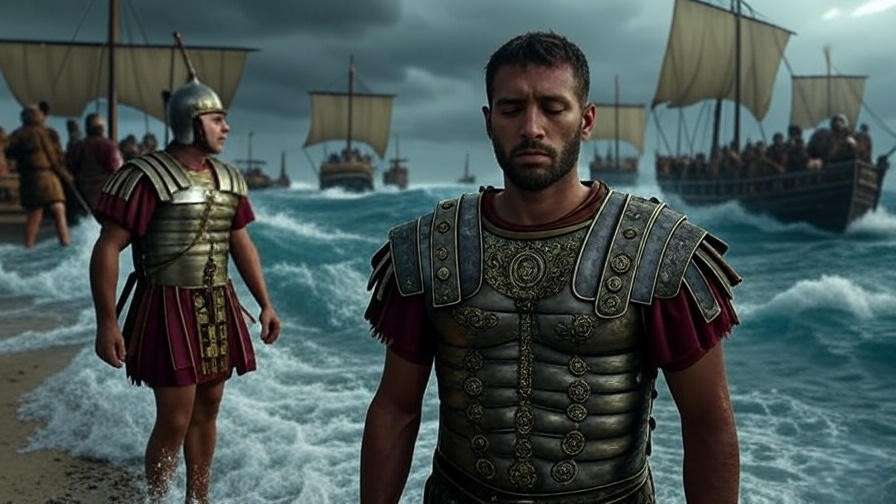
The alliance between Antony and Octavius crumbles as Antony returns to Cleopatra, abandoning Octavia. The lovers’ reunion fuels a military confrontation with Octavius at the Battle of Actium (31 BCE). Against his advisors’ counsel, Antony chooses to fight at sea, swayed by Cleopatra’s presence. When Cleopatra’s ships flee mid-battle, Antony follows, leading to a disastrous defeat. This pivotal moment marks Antony’s decline, as his judgment falters under Cleopatra’s influence, and Octavius gains the upper hand in their struggle for Roman dominance.
Act 4 – The Fall of Antony
As Octavius closes in, Antony’s forces dwindle, and his allies, including Enobarbus, begin to defect. Antony rallies for one last stand, briefly regaining his martial prowess, but his fortunes continue to wane. Cleopatra’s ambiguous actions, including a false report of her death, push Antony to despair. Believing her dead, he attempts suicide, only to be brought to Cleopatra’s monument, where they share a final, heartbreaking reunion. Antony dies in her arms, leaving Cleopatra to face Octavius alone.
Act 5 – Cleopatra’s Triumph and Tragedy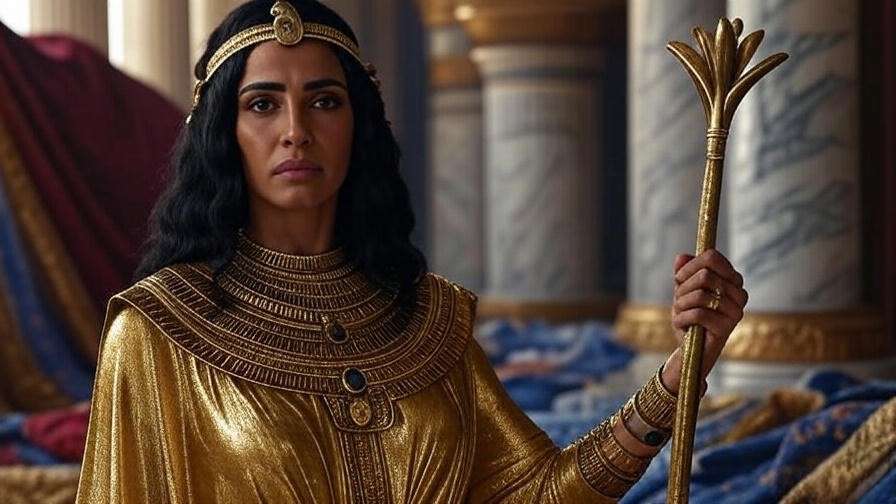
Cleopatra, now vulnerable, negotiates with Octavius, who intends to parade her as a trophy in Rome. Determined to preserve her dignity, she orchestrates her own death with the help of an asp. Her final speech, envisioning a reunion with Antony in the afterlife, transforms her death into an act of defiance and love. Octavius, moved by her resolve, orders a grand burial for the lovers, acknowledging their legendary status. The play closes with Rome’s triumph but leaves audiences reflecting on the cost of power and passion.
Key Characters in Antony and Cleopatra
Mark Antony
Mark Antony is a tragic hero torn between his Roman duty and his love for Cleopatra. A skilled general and charismatic leader, he commands loyalty from his soldiers, yet his impulsiveness and obsession with Cleopatra undermine his authority. His internal conflict—between the disciplined warrior and the passionate lover—drives the play’s tragedy. Antony’s arc, from power to ruin, underscores the human cost of divided loyalties, making him a compelling figure for analysis.
Cleopatra
Cleopatra, Egypt’s queen, is one of Shakespeare’s most dynamic characters. Her charisma, wit, and emotional volatility make her both alluring and unpredictable. Described as having “infinite variety,” she manipulates those around her with ease, yet her love for Antony is genuine and profound. As a female ruler in a patriarchal world, Cleopatra defies stereotypes, wielding power through intelligence and seduction. Her final act of suicide cements her as a tragic heroine who chooses death over subjugation.
Octavius Caesar
Octavius, later Augustus, represents Rome’s disciplined, pragmatic future. His cool-headed ambition contrasts sharply with Antony’s recklessness, positioning him as Antony’s foil. While less charismatic, Octavius’s strategic mind ensures his victory, highlighting the play’s theme of power over passion. His complex reaction to Cleopatra’s death reveals a grudging respect for his rivals, adding depth to his character.
Supporting Characters
Enobarbus, Antony’s loyal but pragmatic lieutenant, provides sharp commentary on the events, particularly in his poetic description of Cleopatra. His eventual defection and death from guilt humanize the play’s political stakes. Octavia, caught between Antony and her brother, embodies loyalty and sacrifice, while figures like Pompey and Lepidus illustrate the broader political machinations. Each character enriches the narrative, offering diverse perspectives on love and power.
Major Themes and Symbolism
Love vs. Duty
At the heart of Antony and Cleopatra lies the tension between love and duty, embodied in Antony’s struggle to balance his passion for Cleopatra with his responsibilities as a Roman leader. His decision to abandon Rome for Egypt, particularly during the Battle of Actium, exemplifies this conflict. Lines like “Let Rome in Tiber melt” (Act 1, Scene 1) reveal Antony’s willingness to forsake his empire for love, a choice that leads to his downfall. This theme resonates with readers, prompting reflection on personal sacrifices made for love or ambition, making it a universal and enduring motif.
Power and Politics
The play is a masterclass in political intrigue, depicting the clash between Rome’s disciplined order and Egypt’s sensual excess. Rome, symbolized by Octavius’s calculated leadership, represents structure and control, while Egypt, embodied by Cleopatra’s court, exudes passion and chaos. This dichotomy is evident in the contrasting settings—Rome’s austere Senate versus Alexandria’s opulent palace. The power struggles among the triumvirs and Cleopatra’s maneuvering to preserve Egypt’s autonomy highlight the ruthless nature of political ambition, a theme that echoes in modern geopolitical conflicts.
Tragedy and Mortality
As a tragedy, Antony and Cleopatra explores human flaws and the inevitability of death. Antony’s hubris and Cleopatra’s manipulative tendencies contribute to their demise, yet their deaths transcend mere failure. Cleopatra’s suicide, staged with theatrical grandeur, transforms her into a mythic figure who defies Octavius’s control. The play’s meditation on mortality is poignantly captured in Cleopatra’s lament, “No grave upon the earth shall clip in it / A pair so famous” (Act 5, Scene 2), emphasizing the lovers’ enduring legacy despite their tragic end.
Gender and Power
Cleopatra’s role as a female ruler challenges the patriarchal norms of both Rome and Shakespeare’s Elizabethan audience. Her ability to wield power through charisma and intelligence subverts traditional gender roles, making her a fascinating study in agency. Antony’s submission to her influence, often criticized by his Roman peers as emasculating, underscores the play’s exploration of gender dynamics. Feminist scholars, such as Ania Loomba, argue that Cleopatra’s complexity—both seductive and strategic—offers a nuanced portrayal of female power, relevant to contemporary discussions of leadership and gender.
Historical and Cultural Significance
Shakespeare’s Rome and Egypt
Shakespeare’s depiction of Rome and Egypt blends historical accuracy with creative license. While rooted in Plutarch’s accounts, the play exaggerates Cleopatra’s allure and Antony’s recklessness to heighten dramatic effect. Rome is portrayed as a militaristic, male-dominated society, while Egypt is an exotic, feminine realm of indulgence. This contrast reflects Elizabethan fascination with the “otherness” of foreign cultures, as well as anxieties about female power and foreign influence. By juxtaposing these worlds, Shakespeare crafts a narrative that resonates with both historical and cultural tensions of his time.
Influence on Literature and Media
Antony and Cleopatra has left an indelible mark on literature and popular culture. Its iconic characters have inspired countless adaptations, from the lavish 1963 film Cleopatra starring Elizabeth Taylor and Richard Burton to modern stage productions. The play’s themes of love and power have influenced works ranging from John Dryden’s All for Love to HBO’s Rome. Its enduring appeal lies in its ability to capture universal human experiences, ensuring its relevance across centuries and mediums.
Why Antony and Cleopatra Resonates Today
Timeless Themes
The play’s exploration of love, ambition, and betrayal remains strikingly relevant. Antony’s struggle to balance personal desires with public responsibilities mirrors modern dilemmas faced by leaders and individuals alike. Cleopatra’s defiance of societal norms resonates with contemporary discussions of gender equality and empowerment. The political machinations depicted in the play find parallels in today’s global power struggles, making it a rich text for analyzing leadership, loyalty, and sacrifice in the 21st century.
Lessons for Modern Readers
Antony and Cleopatra encourages readers to reflect on the consequences of their choices. Antony’s prioritization of love over duty serves as a cautionary tale about neglecting responsibilities, while Cleopatra’s final act of agency inspires admiration for those who defy oppression. The play prompts introspection on how we navigate competing loyalties—whether in relationships, careers, or personal aspirations—offering timeless lessons on resilience and self-determination.
Expert Insights and Analysis
Shakespeare’s Language and Style
The play’s poetic language is among Shakespeare’s most exquisite, blending vivid imagery with emotional depth. Cleopatra’s description as a woman whose “infinite variety” defies age and custom (Act 2, Scene 2) showcases Shakespeare’s ability to elevate characters to mythic status. The use of contrasting imagery—Rome’s cold marble versus Egypt’s golden excess—reinforces the thematic divide between duty and desire. Scholars like Harold Bloom praise the play’s linguistic richness, noting its ability to capture the grandeur and fragility of human emotion.
Critical Interpretations
Critics have long debated the play’s portrayal of Cleopatra, with some viewing her as a manipulative seductress and others as a proto-feminist icon. Feminist readings, such as those by Carol Thomas Neely, emphasize Cleopatra’s agency and complexity, while postcolonial scholars like Edward Said explore the play’s depiction of Egypt as an exotic “other.” These diverse perspectives enrich the play’s study, offering readers multiple lenses through which to understand its themes and characters.
Performance History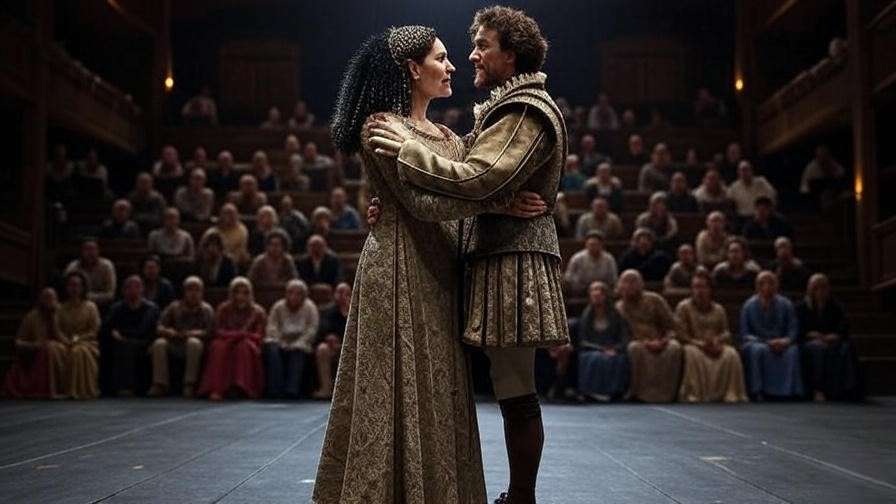
Antony and Cleopatra has been a staple of theater since its debut. Notable productions include the 1972 Royal Shakespeare Company staging with Janet Suzman as Cleopatra and the 2017 National Theatre production featuring Ralph Fiennes and Sophie Okonedo. Each interpretation highlights different facets of the play—some emphasize its political intrigue, others its romantic tragedy—demonstrating its versatility and enduring stage appeal.
Tips for Reading or Watching Antony and Cleopatra
Approaching the Text
For first-time readers, focus on the emotional arcs of Antony and Cleopatra rather than getting bogged down in political details. Pay attention to key speeches, such as Enobarbus’s description of Cleopatra’s barge (Act 2, Scene 2), to appreciate Shakespeare’s poetic craft. Annotated editions, like the Arden Shakespeare or Folger Shakespeare Library versions, provide helpful notes on language and context, making the play more accessible.
Best Adaptations
To experience the play visually, consider the 2017 National Theatre production, praised for its dynamic performances and modern staging. The 1963 Cleopatra film, while not a direct adaptation, captures the grandeur of the lovers’ story. For a more intimate take, seek out recordings of RSC or Globe Theatre productions, which often emphasize the play’s emotional depth.
Discussion Questions
- How does Antony’s loyalty to Cleopatra compare to his duty to Rome?
- Is Cleopatra a tragic heroine or a manipulative strategist?
- How does Shakespeare use setting to contrast Rome and Egypt?
- What does the play reveal about the nature of power and ambition?
- How do modern adaptations reinterpret Cleopatra’s character?
- In what ways does the play challenge traditional gender roles?
- How does the tragic ending shape our view of Antony and Cleopatra’s legacy?
FAQs About Antony and Cleopatra
What is the main conflict in Antony and Cleopatra?
The central conflict revolves around Antony’s struggle between his love for Cleopatra and his duties as a Roman leader, compounded by political tensions with Octavius Caesar.
How historically accurate is the play?
While based on Plutarch’s Lives, Shakespeare takes liberties with historical details, exaggerating Cleopatra’s charm and Antony’s flaws for dramatic effect. The Battle of Actium and key events align with history, but the play prioritizes emotion over accuracy.
Why is Cleopatra such a compelling character?
Cleopatra’s blend of charisma, intelligence, and emotional depth makes her unforgettable. Her ability to wield power in a male-dominated world and her defiant suicide cement her as a complex, iconic figure.
How does the play fit into Shakespeare’s tragedies?
Unlike the introspective Hamlet or the morally driven Othello, Antony and Cleopatra blends romantic passion with political drama, offering a broader, more opulent tragedy.
What are the best resources for studying the play?
Recommended resources include the Arden Shakespeare edition, Folger Shakespeare Library’s online resources, and scholarly works like A.C. Bradley’s Shakespearean Tragedy.
Antony and Cleopatra is a dazzling exploration of love, power, and tragedy, brought to life by Shakespeare’s poetic genius and unforgettable characters. This Antony and Cleopatra summary has delved into the play’s intricate plot, complex themes, and enduring relevance, offering a roadmap for readers and theatergoers alike. Whether you’re captivated by Cleopatra’s charisma, moved by Antony’s fall, or intrigued by the clash of empires, the play invites reflection on the timeless forces that shape our lives. Dive into this masterpiece—read the text, watch a performance, or join a discussion—and share your thoughts on its themes or favorite adaptations in the comments below.

